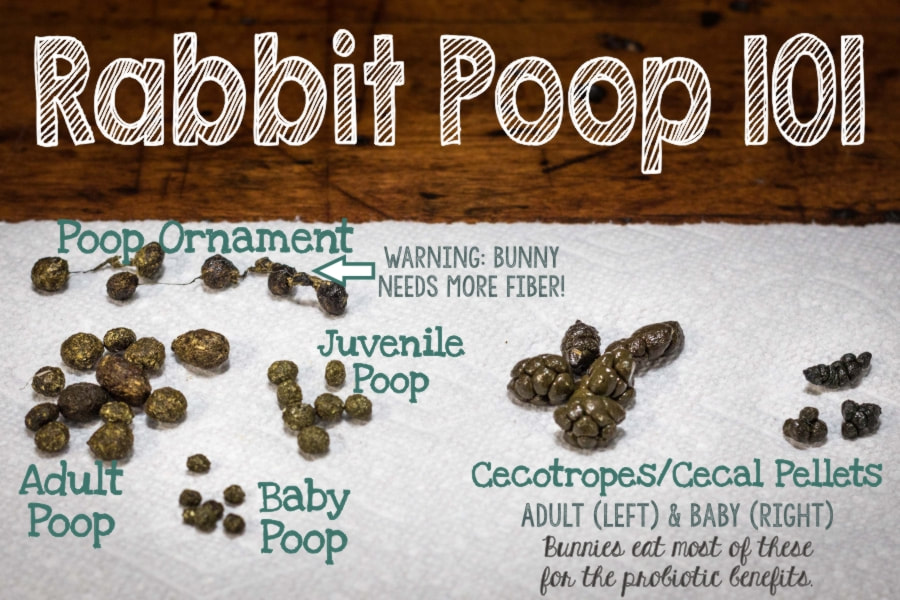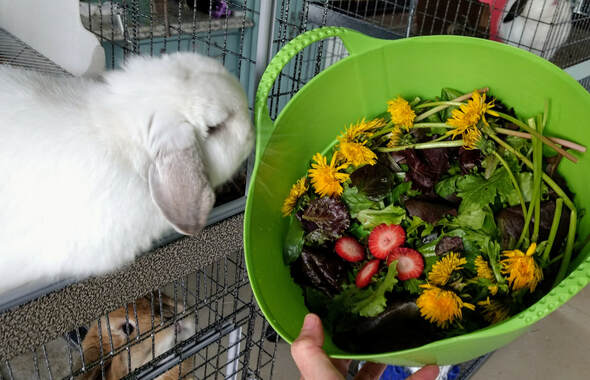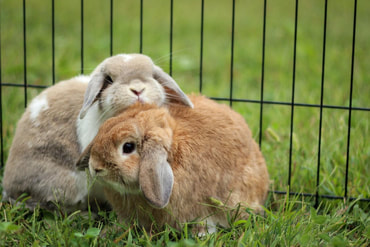Bunny Basics 101
Is a bunny the right pet for me?
BEFORE you purchase a pet rabbit, here are a few questions to ask yourself
to help determine if a bunny is the right pet for you and your family.
BEFORE you purchase a pet rabbit, here are a few questions to ask yourself
to help determine if a bunny is the right pet for you and your family.
- Does your schedule consistently provide ample time to feed/clean/exercise/socialize a bunny DAILY?
- Are you prepared to spend $300+ to spay or neuter your bunny to help it bond with your indoor family?
- Do you understand that bunnies do not make ideal pets or "responsibility teachers" for young children and are more work than a hamster or guinea pig that can simply be contained in a cage at all times?
- Are you willing to provide high quality pellets and timothy hay to protect your bunny's sensitive digestive system?
- If you have dogs or other indoor pets, are you prepared to slowly introduce them to your new bunny and provide safe hiding places for your bunny?
- Do you have someone who can feed/play with your bunny when you're on vacations?
- Have you and your family interacted with bunnies to make sure there are no issues with allergies?
Until you can answer "YES!" to ALL of the above questions, it would be best not to pursue a pet rabbit.
Section divider type: clouds --
position: top









